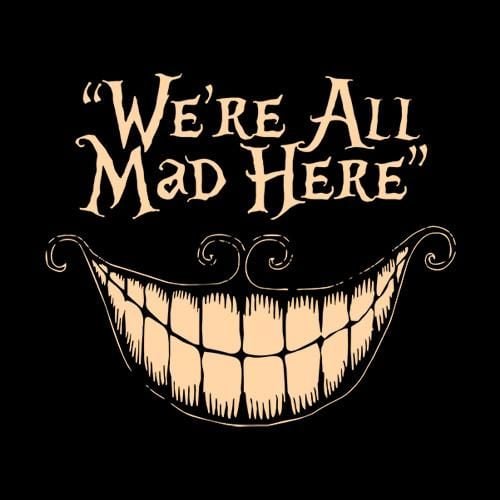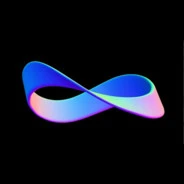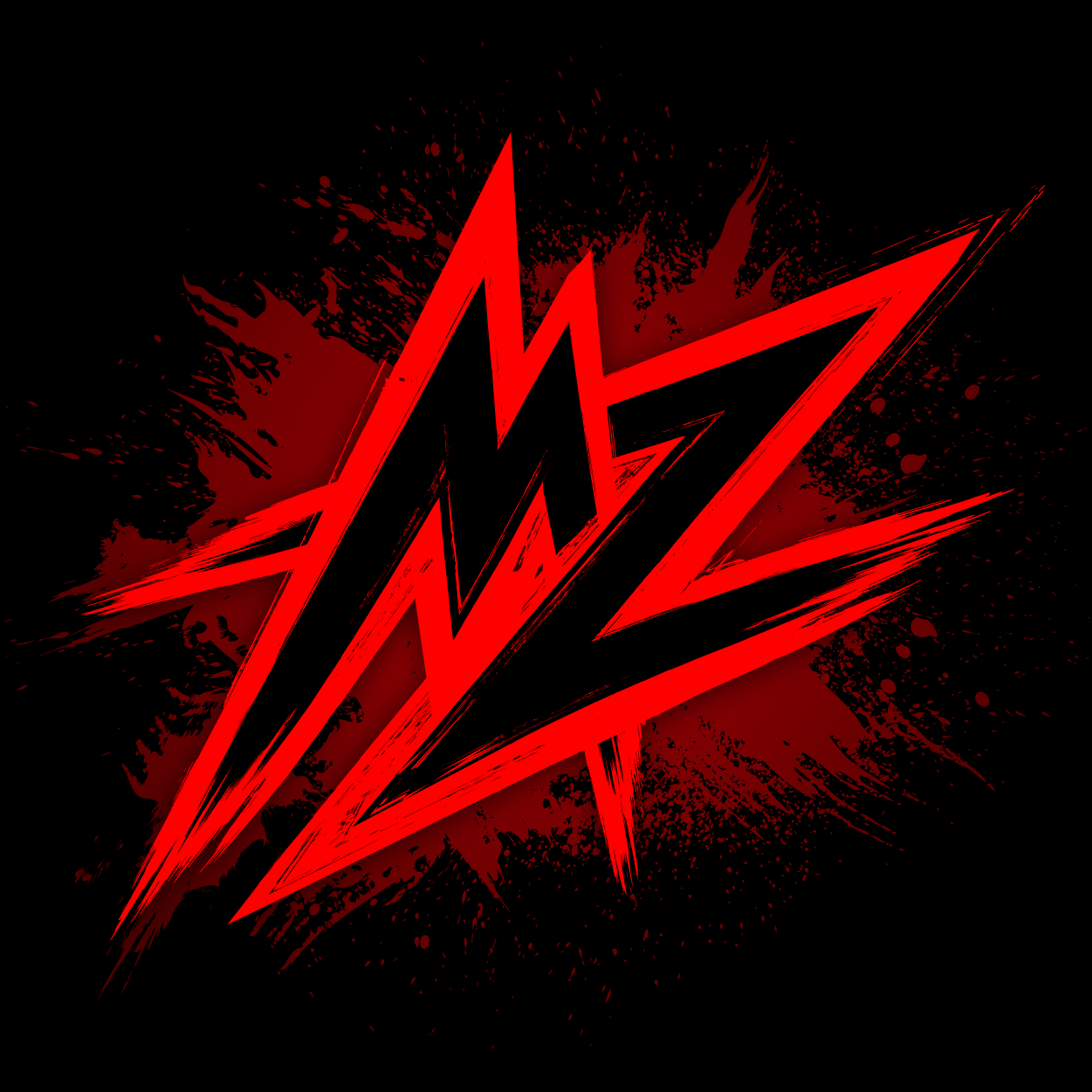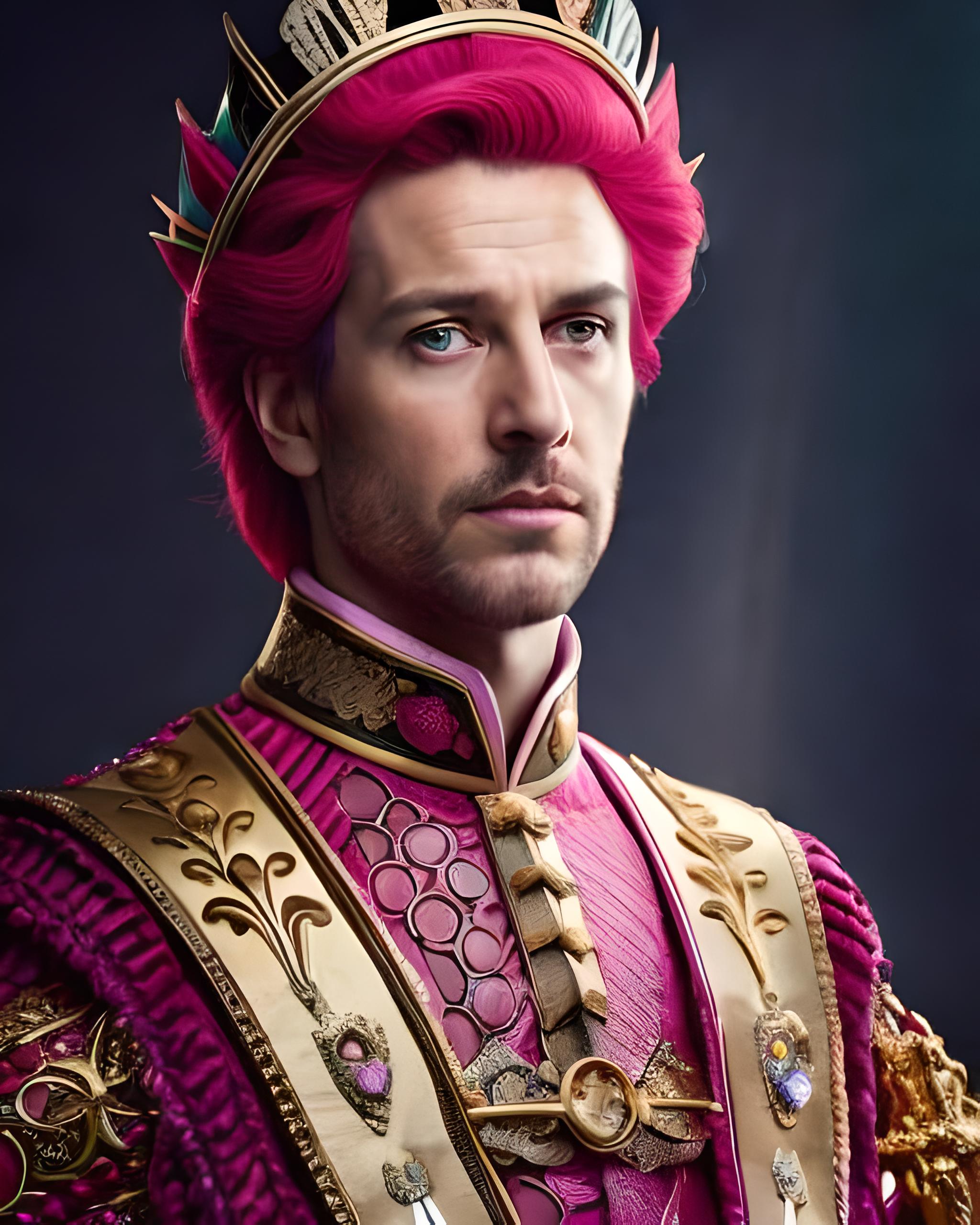Exactly as the title asks.
Pure oxygen is generally represented as O2 yet oxygen is an element of the periodic table. Why is it O2 and not just O?
Oxygen is found in 3 forms: nascent (O), molecular (O2, the most common) and ozone (O3). Nascent oxygen, due to its electronic configuration (i.e how many electrons it has and how they’re spread out across its electronic shells) is unstable, and tends to quickly form bonds with another O, forming O2. This is also the case e.g. for hydrogen, which is usually found as H2.
You can find O in this form in some environments, in the upper atmosphere there is enough UV radiation to break up O2 into O.
So simply because it’s so reactive the most common form is oxygen paired with itself?
Not just with itself, also with other elements. Say, you won’t find pure iron in the wild either, because normally it reacts with oxygen so well.
But yea oxygen needs to pair with something because its outer electron shell is incomplete. So pairing with another oxygen atom is likely, but also with whatever else is available - nitrogen, iron, whatever.
Most elements are found in molecules really, with the exception of noble gasses like Helium. And some are less reactive than others.
This is an ELI5 explanation. Well done💯💯
Yes, that’s right.
deleted by creator
I don’t know if anyone is interested but there would be more versions too. Solid oxygen (red oxygen) at high pressure used to be thought of as O4, tetraoxygen aka oxozone. But if you look at it with x-ray crystallography it’s O8, octaoxygen. Cool huh
I had no idea, but yeah that’s very cool!
Is solid oxygen an amorphous mass of O4 and O8? Why doesn’t it form crystals?
deleted by creator
I suspect it would rapidly react and give off energy as heat. This would likely be incompatible with life.
Not an expert.
This question doesn’t even make sense. If atomic oxygen somehow magically appeared in your respiratory tract, it would immediately react with itself and probably burn you to death.
Yes. Nascent oxygen (O) is very reactive, somewhat like peroxide and ozone, so it could be used to burn off organic matter.
Now, if you don’t want it to react (too fast) with itself and produce molecular oxygen you may dilute it at low concentration into some inert gas (nitrogen or helium for example).
Taking 2 or 3 breath of this gas mixture once in a while would eventually get @WtfEvenIsExistence1 with Acute inhalation injury
There are 7 elements that will naturally form covalent bonds with themselves.
Here is how to remember these diatomic elements:(H)ave (N)o (F)ear (O)f (I)ce (Cl)old (Br)eer.
The Ice is solid, the beer is liquid, and everything else is a gas.And who doesn’t enjoy cracking open a nice clold breer?
Hydrogen, Nitrogen, Flourine, Oxygen, Iodine, Chlorine, and Bromine
Flour is made out of flourine
That sounds more complicated than what I’ve remembered. Which is simply hofbrincl
Those are the 7 that form diatomic molecules not the only elements that form covalent bonds with other atoms of that element. The s block excluding hydrogen, d block and f block are all metals and are held together with metallic bonds which are a type of covalent bond. Mercury forms weak, transient metallic bonds in its elemental form but robust bonds in the Hg2(2+) dication. Sulfur, Selenium and Tellurium form rings and chains, the former being typically 8 atoms and the latter being hundreds or thousands of atoms in length. Phosphorus is in the form of P4 molecules in white phosphorus and is a network covalent solid in many of its other allotropes. Eg. black phosphorus is a series of stacked undulating chicken wire sheets. Arsenic and Antimony similarly adopt this undulating chicken wire sheet structure as well. Bismuth, lead, polonium, aluminum, gallium, thallium and tin are all metals held together with metallic bonds. Carbon, silicon and germanium commonly form the cubic diamond structure although carbon is most stable as graphite (stacked chicken wire) and can form molecules like fullerene and nanotubes as well as chains (carbyne). Boron tends to form crystals containing icosahedrons. The only elements that rarely react with other elements let alone form covalent bonds with one another in bench stable compounds are the noble gases: Helium, Neon, Argon, Krypton, Xenon and Oganesson.
deleted by creator
Because O is not naturally accuring and only exists under extremely special conditions, so virtually all pure oxygen appears as molecular oxygen O2.
The stuff around us is made out of molecules. Most molecules are made out of more than one atom. Oxygen, the gas, is made out of oxygen molecules. An oxygen molecule is made out of two oxygen atoms. So O2. When you hear “pure oxygen”, it’s about the substance oxygen (O2), as in pure from other găsesc, not the element oxygen (O).
Now you can also have O or O3 molecules, but those have an electric charge (aka ions), so they’re unstable and prone to bond with other elements or to break apart. A gas made out of monoatomic oxygen would be extremely reactive.
Small addition: I wouldn’t call O3 (Ozone) charged. It “only” has some partial charge like water (H2O) does, but overall it has the same number of protons and electrons.
Now you could have ozonide (O3-), but that’s definitely a way more rare case.
Yeah, I was too lazy to find a better description for it and didn’t want to go into valences
Me: mom can we get O?
Mom: we have O at home.
O At home: O2
In its natural gaseous state, oxygen is generally found in pairs, hence O2. I guess when you saw “pure oxygen”, this meant gaseous oxygen without any other gas normally found in the atmosphere. So no nitrogen, or carbon dioxide, just oxygen. In the form of O2 of course!
Because O doesn’t like to exist. O2 is simply more stable. A
A?
A.
A!
Eh🍁
Take off, you hoser!
Soorry there, bud
Very few elements are composed of individual atoms that arent part of a molecule or crystal in their native form under ambient conditions. Individual Oxygen atoms dont have a full shell of electrons. They are extremely reactive for this reason and will pair up to form the considerably more stable O2 molecule. As for why it is more stable, when atomic orbitals interact with one another to form molecular orbitals, the number of molecular orbitals that form is equal to the number of atomic orbitals used to form them. Generally there are two classes of molecular orbitals: bonding and antibonding. Bonding orbitals contribute constructively to the formation of bonds. Antibonding orbitals contribute destructively to the formation of bonds. I.e they weaken bonds. There are a few analogies that can be used to sort of understand what is going on. Constructive interactions are like pushing someone in a swing at just the right time to add to their back and forth motion OR swinging a jump rope at the right time to maintain the wave. Destructive interactions are essentially the opposite of this. An analogy would be pushing someone in a swing at just the right time to slow their motion until they stop or swinging a jump rope at the right time needed to cause its motion to slow until it stops oscillating. If you have experience with tuning forks, youll also notice that if you couple two vibrating tuning forks together you get two separate sets of possible frequencies. One lower and one higher. This has the effect of stabilizing the system. Something similar happens when molecular orbitals form from the interactions of atomic orbitals from individual atoms forming molecules. You can also visualize this extra stability in the molecular orbital diagram for O2 vs the individual atoms: https://chem.libretexts.org/Courses/Pacific_Union_College/Quantum_Chemistry/09%3A_Chemical_Bonding_in_Diatomic_Molecules/9.10%3A_Molecular_Orbital_Theory_Predicts_that_Molecular_Oxygen_is_Paramagnetic
Except for noble gases, single atoms are usually quite unstable and will prefere to release some energy to settle into a more stable molecular configuration.
O2 denotes two oxygen atoms binding together into one molecule.
O1 or simply O can’t really exist for long in nature, because it’s not stable and will bind with almost anything it meets, including another O atom.
Oxygen naturally occurs as molecules or two of them joined together to form O2
Cause O1 and O3 are not good for breathing.
Dioxygen
I’ll tell you why. Big Air is blatantly ripping off the city of London. Why they don’t sue for trademark infringement, I don’t know.
I prefer to call O2 something else: dioxygen
It’s what I learned in chemistry class (same applies to the other diatomic molecular gases).

















